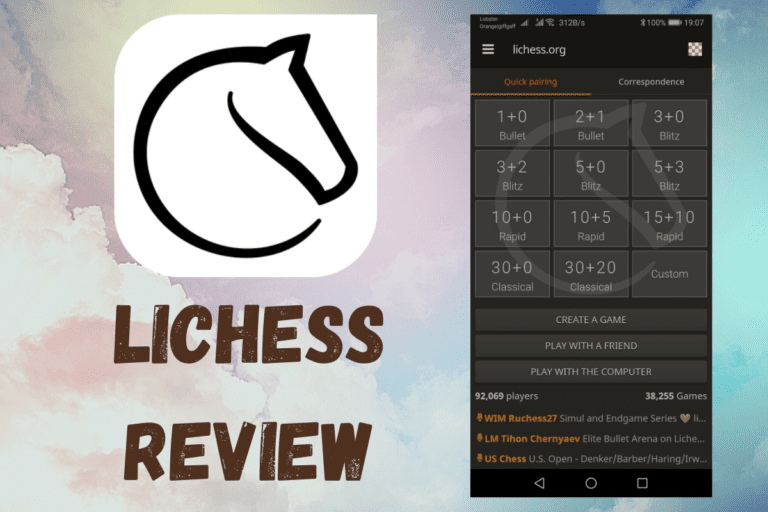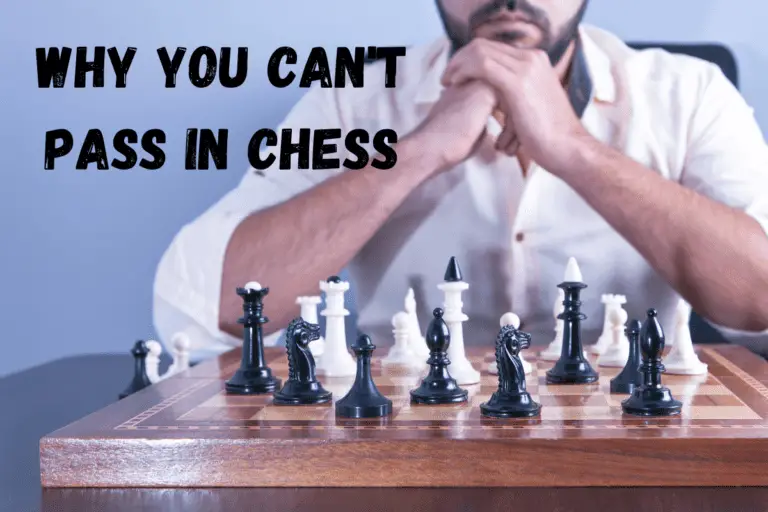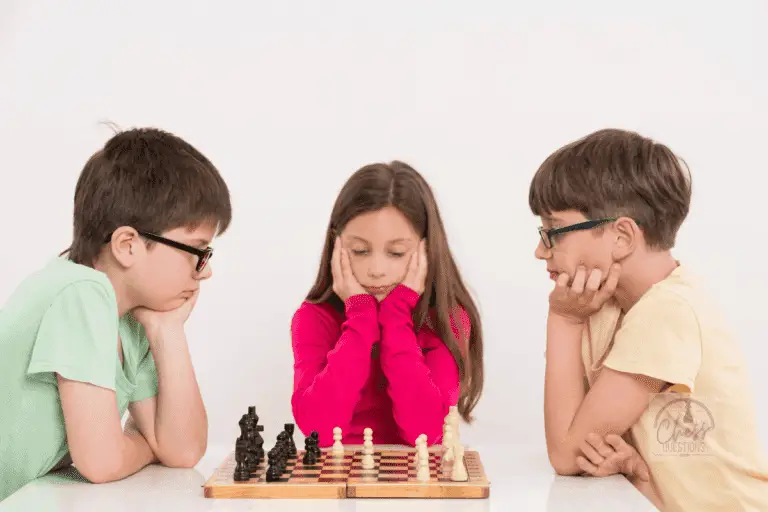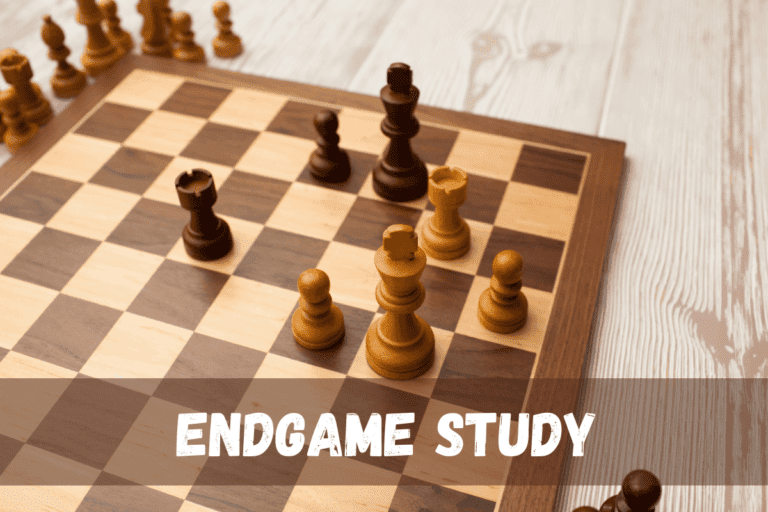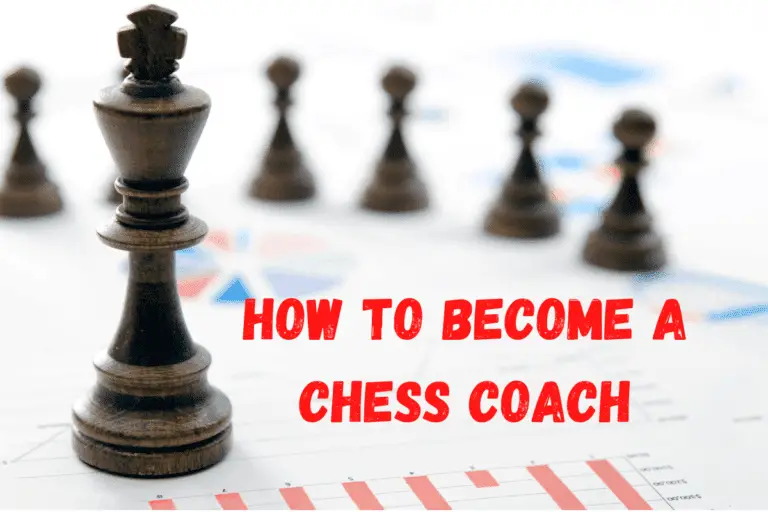Chess Theory: Openings, Tactics and Techniques
⭐⭐⭐ Take 7 minutes to read and improve your chess game ➡️ : This article was first published on, and is Copyright of Chessquestions.com
One aspect of learning and becoming better at chess is understanding chess theory. Often confused with strategy or tactics, it is rather more complex and involves various aspects of the game from the opening gambits to the closing scenes and the quest for victory with checkmate or resignation. So what is chess theory?
Chess theory is a set of principles around the opening, middle and endgame, encompassing tactics, positional analysis and play as part of the overall strategy, on which the practice and play of chess is based. There are hundreds of theories around chess and the phases of the game.
Theory can be set of principles on which the practice of an activity is based or an idea used to account for a situation or justify a course of action.
Still interested? I’ll look a little deeper and cite some of the best known sources for chess theory.
What is a chess theorist
A chess theorist is someone who studies chess, and collects historical game moves and various phases of the game, analyzing each move or series of moves within the game, and hypotosizes over tactic and strategies and on occasions provides them with a name, often that of the player whose particular moves were deemed worthy of mention.
For example, the earliest chess book published based on theory goes back as far as 1497 and includes 11 chess openings including the Ruy Lopez, which at the time was not named.
5 Aspects of Chess Theory
Whilst it is often considered to be a 3 part series of chess theory, I rather contest it to be five.
Opening knowledge of book moves including gambits to try to gain an early advantage.
The middle game is divided into three distinct parts. Tactics, positional awareness including identification of strong squares, and an overall long-range strategy.
Finally, we have the end game, mating techniques and patterns, and for those on the back foot, forcing draws or stalemates.
1. Opening Theory, Strategies, and Grabbing Early Control
The game of chess will begin with a series of moves, combinations, and responses which number in the virtually uncountable, all of which have been played before and many analyzed, so that most moves are considered ‘book moves’ – The first move not considered a book move can often be the first to concede the advantage to the opponent.
Opening theory is possibly the largest body of their in chess, given the incredible combination of possible moves available to the player. As such, it is up to the opening theory to guide and inform players so that their chances of success are maximized in comparison with those who have not studied openings at all.
Whilst giving an early advantage to an opponent from a weak opening is not the desired outcome of your first few moves and studying of openings is important, it is very easy to become obsessed with openings, to a point where learning more is almost impossible and provides very little value for the time dedicated to it.
It is important to learn to open for when you play both black or white pieces. Playing white you begin with the advantage of the first move and it is, therefore, a good idea to learn how to maintain it, whilst when playing black and starting second, trying to switch the advantage as quickly as possible can put your opponent on the back foot.
The earlier you can get control of the center, and create a more favorable pawn structure for yourself then the better chance you have of dominating your opponent.
Once all book moves are complete, you are moving into the middle game theories.
2. Middle Game Theory
The middle game is less well served in study that the opening or endgame, or at least that is the view in terms of comparing the three, but for me, this is because the middle game is not referred to as such, and rather is made up from tactics, positional play and strategy, three elements of chess that have plenty of study and words written about them in theory.
There are three elements to the middle game, although of course they span both the opening and end too, whilst tactics and strategy are the long view plan and moves with which you plan to achieve your goals, positional analysis, the identification of strong positional squares and outposts are the key to mastering the middle game
The elements of middle game chess theory
- Tactics in Chess
- Positional Analysis
- Chess Strategies
One theory with a negative view on how players act in the middle game is Kotov’s Syndrom. That is, some players will have several options laid out in their mind as to the strategy they are playing and visualize in their minds eye all the potential permutations.
In the end, disatisfied with the outcome, they throw all caution to the wind, ignoring the care and due diligence utilized in checking the previous lines, and possibly due to time pressure then make a move without fully checking if it is a safe and sound move at all.
Tactics in chess are moves you make, possibly to secure safe, strong or outpost squares, preferably in the center, as part of your long view strategy to beat your opponent.
3. The End Game Theory – Mating Patterns
The book by Luceana I mentioned with the earliest recording of the Ruy Lopez opening also included, 150 examples of end games and chess problems (finding the mate within a set amount of moves from a preset position).
Whilst much time and importance, quite rightly so, to the openings in chess, the end-game is often argued as even more important.
The pieces with which you may be left in the end game play a huge integral part in the probability of gaining a victory, but many chess players, (experts aside) do not recognise the combinations of remaining pieces strength against an opponents material position.
For me, this is one aspect of why consideration of middle game theory is important in having a strategy to preserve certain combinations of pieces fo the end game, to assert the advantage and close out the end game as quickly as possible.
he longer the end game last, the more likely the chance of a mistake and loss of advantage, and impending draw from a winning position.
How to create a theory in chess
I think it is widely known that there are more possible combinations of moves in a single game of chess than there are stars in the sky or aoms int he universe or some other unfathomable numerical permutation.
On that basis, when someone might suggest that all chess moves have been theorized already and no original moves can be considered, it really is poppycock.
If you can create your own opening theory through study, something that is not ‘ by the book’, it can cause a great deal of confusion to your well read opponent, who is prepared to react instantly to a wide variety of book moves they have studied.
What better way to throw the enemy off the scent of your strategy by using your very own personal chess theory in your tactics.
Is Chess Theory Important
Knowing some chess theory subsequent to study is beneficial and can help find the best moves, and identify and occupy the strongest squares. Memorising chess theory is no guarantee of success; you’ll have to implement your own strategy and consider your opponents moves in your defence.
How many chess theories are there
There are hundreds, probably many thousands of theories on chess, to numerous to count and only possible to memorise by the chess savant.
Some might claim that chess theory, especially opening theory is pointless for most people but studying even just a little theory will defiantly be beneficial to get better at chess.
Unfortunatley, those that claim that its is pointless for most people, tend to state this from a position of having done so and therefore better than ‘the rest’
How to learn/study chess Theory
The best way to learn chess theory is to buy and read a book. Select a book written by a former world champion or current grandmaster; someone who knows what they are talking about.
For example, I could share some theories on chess but I am no position to provide a basis for learning the game in comparison to someone who has virtually mastered the are of chess.
Chess books will provide you with a wealth of ideas and studies of real games, elements and moves which will spike your imagination, that you remember and try to play out in games. This is the benefit of learning chess theory and putting it into practice.
Books on chess theory
The best books for chess theory for beginners will be those that record complete games are annotated and explain in detail each and every move.
Bobby Fischer – My 60 Memorable Games
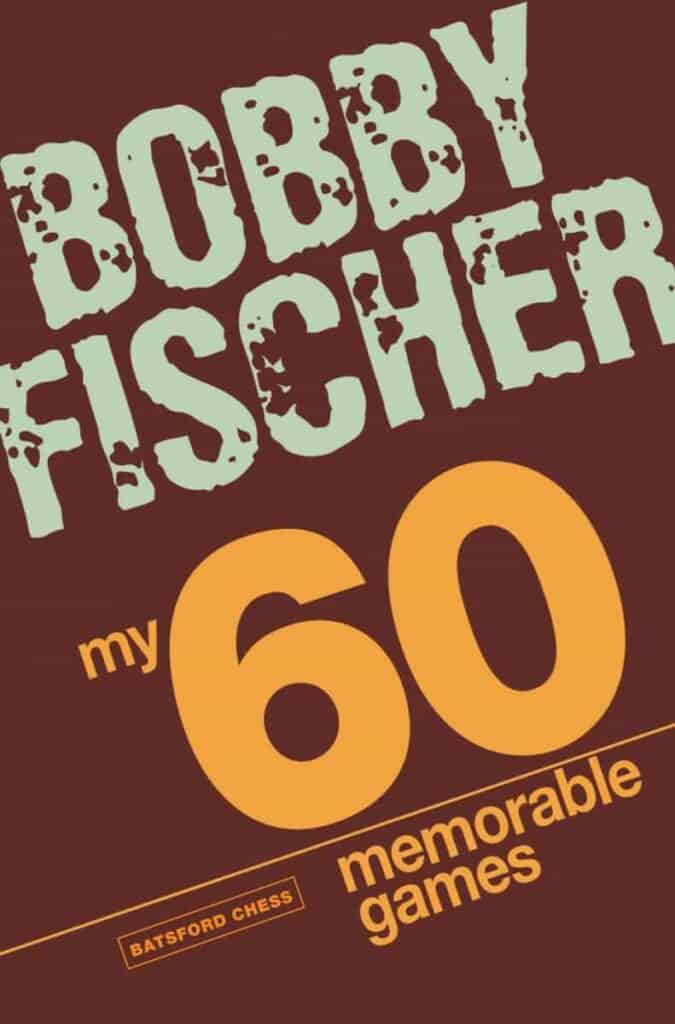
Former world Champion and without a doubt the best player of his age, Fischer recounts 60 individual games from his career including the ‘Game of the Century’ in which he played when just 15 years of age. As suggested above, you’ll find rhyme and reason to each move and whilst you’ll not become Bobby Fischer overnight, the book provides a portal into the mind of one of the chess greats.
Alexander Alekhine’s Chess Games, 1902-1946
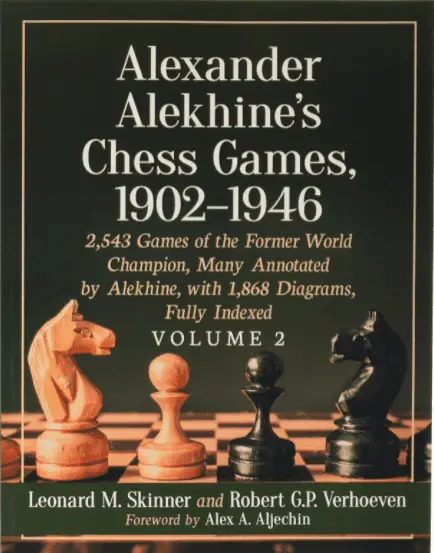
Over 2500 games available here, many annotated by Alekhine himself, including correspondence chess games from the turn of the century and tournaments throughout his chess career
Logical Chess: Move By Move: Every Move Explained

Written by Russian chess devotee Irving Chernev, this book has an explanation for every single move across 33 chess games.
The best way to use this books is to take your board and pieces, and play through, making each move on the board and reading the explanation for each.
If you want to become an above average chess player, this is the book that is going to move you forward with your chess skills faster than any other.
You will books about chess very useful and I suggest choosing a good selection and reading deeply to learn as much as you can
Summary
Who knows, you may build up such a vast knowledge and experience of playing chess that in your studies, you may begin to write about the principles of chess and become a chess theorist yourself. Maybe not!. Either way, I hope this article has helped you understand what chess theory is a little better and provided some information to some resources that are both interesting and beneficial to improving your chess game based on these theories.
Happy Chessing!

